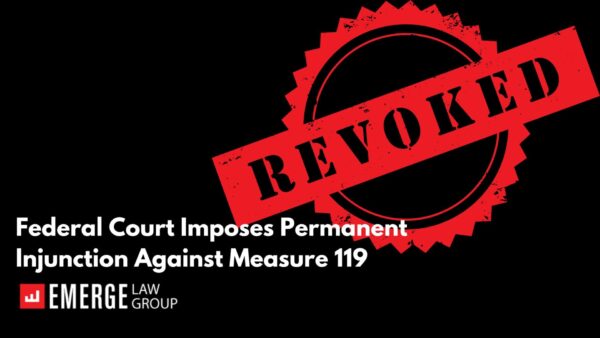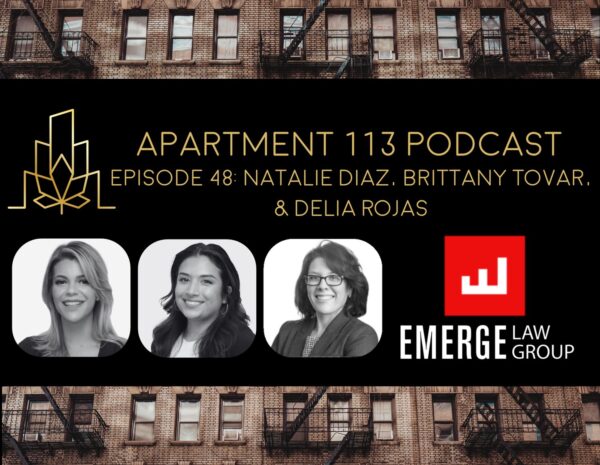On December 18, 2021, rules promulgated under the Trademark Modernization Act of 2020 (“Act”) went into effect. The rules, among other things, implement two major additions to the repertoire of trademark proceedings: (1) expungement, and (2) reexamination.
The purpose of these new proceedings is to assist the United States Patent and Trademark Office (“USPTO”) in addressing “dead wood” and the clutter of registered marks that are not actually in use, or were registered with inaccurate goods or services. With these new rules, the USPTO also seeks to combat fraudulent registrations and the resulting loss of available trademarks. The Act provides an efficient method for third parties to bring unused trademark registrations to the USPTO’s attention and provides the USPTO new authority to clean things up. Before the Act, the USPTO itself had very limited authority to review and reconsider trademark registrations.
Expungement Proceeding
The purpose of an expungement proceeding is to decide whether or not the registered mark has never been used in commerce in connection with some or all of the listed goods or services . A petition to expunge can be filed between three and ten years following the date of registration. However, the Act provides that until December 27, 2023, the proceeding can be instituted for any registration that is at least three years old.
Reexamination Proceeding
A reexamination proceeding looks to see whether the registered mark was used in commerce with some or all of the goods or services before a certain date depending on the filing basis. For use-based filings under Section 1(a), the record must show use on or before the date of filing. For intent-to-use based filings under Section 1(b), as initially filed or as amended, the date is the later of (1) the filing date of the amendment to allege use, or (2) the expiration of the deadline for filing the statement of use for the goods listed in the petition, including all approved extensions. The reexamination proceeding can be initiated during the first five years of registration.
Process Of Proceedings
The general process of the proceedings is simpler compared to litigation-esque cancellation proceedings. The petition is filed, then the director reviews and decides whether or not to institute the proceeding. If the proceeding moves forward, the USPTO will send an Office action notice to the registrant and the original petitioner has no further responsibilities.
The registrant must respond within three months by either proving use or amending or cancelling the registration (or submit a 30-day extension request). If the USPTO issues a final order of non-use, the registration will be cancelled in whole or in part depending on the petition. However, the registrant has the opportunity to request reconsideration or appeal before the Trademark Trial and Appeal Board.
A few key takeaways:
- All registrants should retain accurate evidence of first use for each good and service listed on their trademark applications and registrations.
- All trademark owners should review their registrations to ensure they accurately reflect what’s used in commerce. A registrant can voluntarily amend their registration to delete goods or services, or surrender registration altogether. The fee for voluntarily amending the registration is $0. But if a registrant deletes goods after one of the proceedings starts, there is a $250 fee per class.
- A registrant can utilize these proceedings as a tool in the clearance, prosecution, and enforcement of their mark.
If you hold trademark registrations and need assistance with the review of your portfolio, Emerge Law Group is here help. Please feel free to contact attorneys Delia Rojas or Sean Clancy from Intellectual Property Practice Group.





